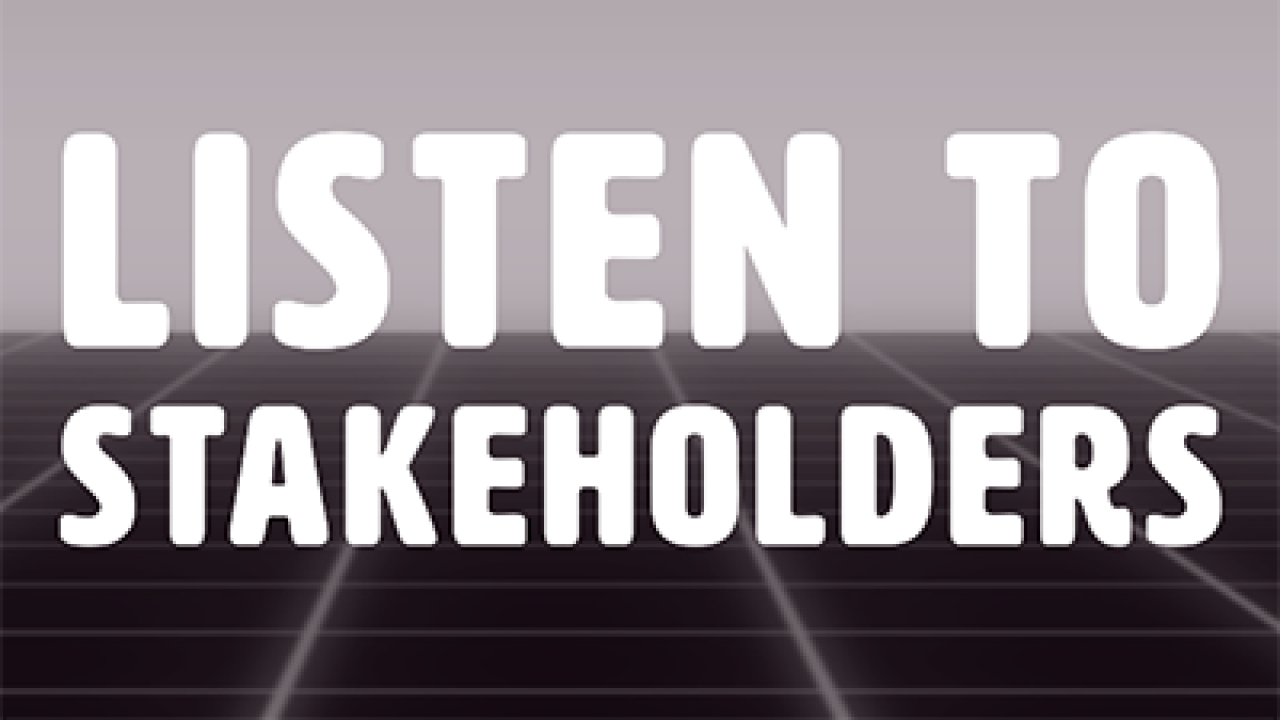December 08, 2019
Using digital media to engage low-income publics

By Ashley Smalls, Page Center graduate student
Social and mobile engagement with low-income individuals in a way that matches their needs is ever evolving. Findings suggest that traditional face-to-face dialogue and engagement may still be the best way to achieve an authentic relationship.
A Page Center-funded study titled “Exploring Digital, Social and Mobile Dialogic Engagement with Low-Income Publics” provides an analysis of interviews with 39 public relations and communications professionals. Interviewees conveyed that social media partnerships and networks that incorporate traditional face-to-face interactions are a great way to foster those dialogues.
Some of the hurdles that come in between fostering these meaningful relationships include “a complex spectrum of digital divides, evolving demographics, digital and social media engagement preferences, and risks.”
Katie Place, associate professor at Quinnipiac University, was thrilled to work on a way to find solutions to better these relationships. Her main inspiration for writing the study was her service-learning teaching work that began in 2014.
“We started working with a non-profit grassroots group that advocated for the needs of low-income and homeless individuals,” she said. “It opened my eyes to the lack of dialogue opportunities afforded to marginalized publics.”
Place added, “This research stems from my goal to learn how organizations and public relations professionals can foster better relationships and dialogue between organizations and marginalized or low-income individuals.”
Although academic scholarship has made extraordinary steps to fully comprehend what it takes to improve these relationships from the viewpoints of low-income individuals, little has been done to understand the commitment needs that are required. In 2018, there were 38.1 million people in poverty in the United States, according to the Census Bureau.
Organizations and public relations professionals can no longer afford to ignore this large group of important low-income public individuals. Public relations professionals face an overwhelming but necessary demand of guaranteeing that all publics—regardless of economic stances—are heard, regarded and considered.
“Some key takeaways from this piece are that public relations professionals must better listen and put themselves in the shoes of all publics,” Place said. “Additionally, organizations need to think about ways to foster long-term, lasting dialogic relationships with marginalized publics. I believe we have a civic duty as communications professionals to practice empathy and forge trusting dialogue with all organizational publics – not just those perceived to impact an organization’s bottom line.”
Partnerships with like-minded organizations, local service providers, trusted intermediaries, or family networks were found especially to be integral to conveying trust among low-income publics. Findings of this study all suggest that empathy is important for engaging low-income individuals who fear being mocked for their low-income status. They also fear being ridiculed for having limited access to mobile and social technologies.
“I love the discussions I had with participants about mobile engagement, as many low-income individuals only have a smartphone,” Place said. “The potential for SMS [short message service] engagement with marginalized must be further researched from public relations perspectives.”
While this study was informative in its insights into social and mobile engagement with low-income individuals, it’s not applicable to the PR industry as a whole. According to Place, future research should also look at the partnership and networking implications for dialogue on social media.
“Personally, it was rewarding to add to the theorizing of dialogue and digital media,” Place said. “There are some great opportunities to keep developing more personalized and more immediate ways to engage.”
This study was funded by a 2017 Page Center Page/Johnson Scholar Grant and published in a special issue of “PR Journal.”
